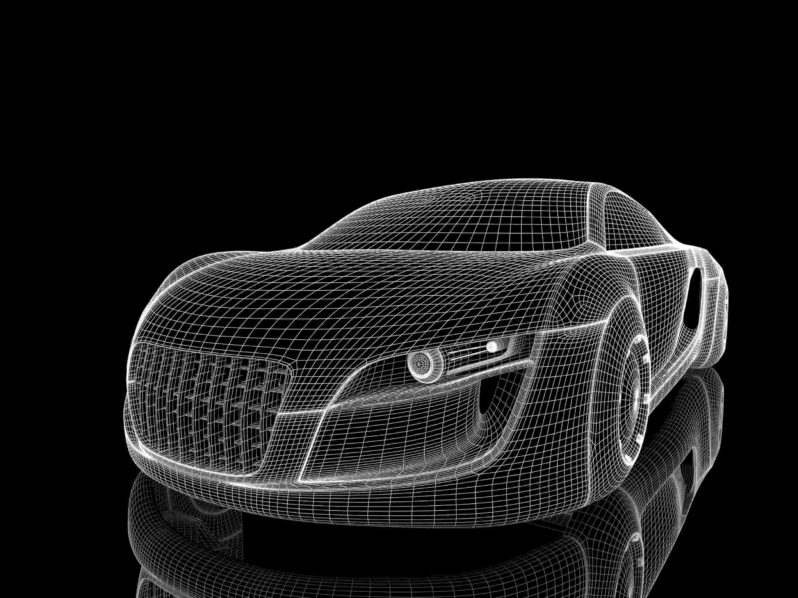In the auto industry technology is constantly being upgraded over a short space of time. Only a few years ago satellite navigation was a product of the future, which has now become a commonplace accessory to most drivers’ cars.
The current trend in designs aim to improve safety and fuel efficiency in everyday driving. It has been predicted that in only 5 years a quarter of all cars on the road will be able to connect to the internet; making information more accessible to the driver than ever. But what else are engineers currently working on to appear in the next few decades?
Communicating Cars
Both vehicle-to-vehicle (V2V) and vehicle-to-infrastructure (V2I) communications are currently being tested in the US. These systems aim to help the driver become more aware of his surroundings as the car picks up location and speed of other drivers, as well as traffic signals on the road via wireless signals. The technology can analyse the road faster than a human ever could, and assisting the driver by presenting this information to them quickly is thought to reduce road accidents by a whopping 81%. For example, if another driver went through a red light the V2V system would pick up on this and alert you to slow down to avoid a collision.
Self-Driving Cars
Google has infamously been testing small self-driving vehicles on the west coast of the US and have currently used them on more than 200,000 miles. The vision of a car that can drive itself has been used in pop culture for years – but how realistic is the technology appearing in everyday use? The Google prototype uses lasers, radars and cameras to pick up and process the surroundings at an unbelievable speed. Taking out the risk of human error whilst driving is hoped to dramatically reduce the risk of road accidents and because of this is becoming a popular idea. With self-parking cars already in existence, a driver who doesn’t need to take the wheel may not be as far off as it first appears.
Augmented Reality Display
Feel like you’re recreating a scene from a Bond film with this upgrade. AR technology will overlay information on top of what the driver sees in real life on the windscreen. This aims to add functionality to the car, allowing the driver to see their speed and navigation details in front of them without having to take their eyes off the road.
Enhanced Gesture Control
With an aim of improving the ease at controlling a car’s functions, the touchpad technology hopes to help drivers’ alter features with minimum distraction from driving. Drivers are hoped to be able to input characters by using their finger to trace letters or numbers on a pad next to them to enter an address to navigate to, call phone numbers or select songs to play.
Energy-Storing Body Panels
Hybrid cars are becoming popular with the eco-minded; and as cars continue the climb to gaining better fuel economy it is thought that in the next couple of decades the majority of vehicles produced will be hybrids. The current issue is that the batteries needed for the electrical engine are heavy and need a lot of space. To resolve the space problem, body panels that can store energy are being tried and tested. The panels are being produced with lighter materials such as polymer fibre and carbon resin to reduce the weight of the car by up to 15%.
Going green is definitely on the mind for future manufacturers with the similar project of creating lightweight body panels that capture and store solar energy.
No matter what changes are made, there will always be a need for people to fully appreciate the driving experience. Considering the immense developments in the car industry over the last half century, we can’t predict what will be commonplace in the next 50 years.

